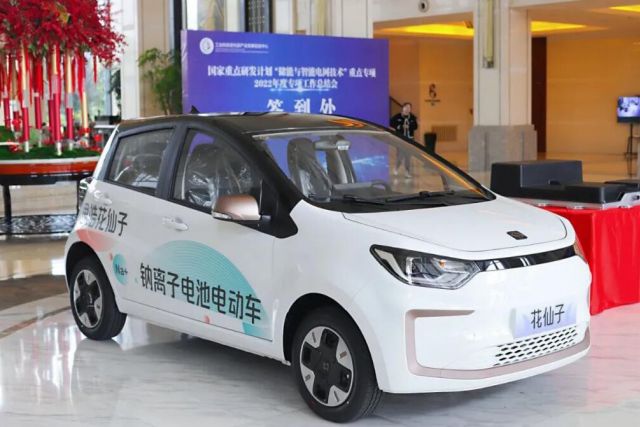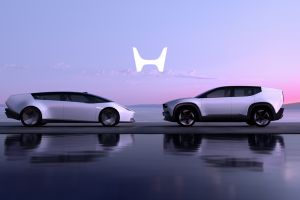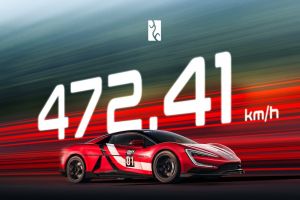
Omoda joins forces with Switch to give away 20 new C7s
Omoda has partnered with Switch Energy Drink to launch Switch Up Your Life, a nationwide competition offering prizes worth R20 million.
- Industry News
- 4 September 2025
JAC motors is the latest auto manufacturer to contribute an innovation to the EV-battery race.

The JAC Group's joint venture with Volkswagen in China has made history by introducing the world's first electric vehicle (EV) powered by a sodium-ion battery. This milestone could be a game-changer for the electric-vehicle industry, as sodium-ion batteries offer a cheaper alternative to lithium-ion batteries.
Lithium prices surged last year, creating huge cost pressures in producing lithium-ion batteries. However, sodium-ion batteries offer better cost performance and deliver excellent cycle performance, making them a good alternative to lithium-ion batteries.
The five-seat passenger vehicle, called Hua Xianzi (flower fairy), is fitted with a 25 kilowatt-hour (kWh) Na-ion battery from HiNa Battery Technologies, which can travel up to 250 kilometres on a single charge. The Beijing-based high-tech company is affiliated with the Institute of Physics of the Chinese Academy of Sciences. It is involved in developing and commercialising sodium-ion batteries and aims to expand the new battery technology to other EV platforms, including buses, trucks and scooters.
While sodium-ion batteries have a lower energy density than lithium-ion batteries, they have other advantages, such as better low-temperature performance, charging speed, a longer lifespan, and they can be recharged more times without degradation. They are also less prone to overheating and other safety issues, making them a safer option for large-scale energy storage.
Cheaper raw materials are used in the manufacturing process of sodium-ion batteries. The scarcity and cost of lithium have been a challenge in the battery industry, with companies worldwide spending years looking for suitable alternatives. Sodium-ion battery technology has emerged as one of the most promising contenders. HiNa Battery Technology states that this breakthrough could help reduce EV production costs by ten percent.
The sodium-ion battery-powered Hua Xianzi represents an important step forward in the EV industry as sodium-ion battery technology provides a cost-effective solution that is safe, reliable and efficient. In addition, these batteries could help reduce the environmental impact of EVs.
"The future of electric vehicles looks promising with the introduction of more affordable and sustainable battery technology," says Karl-Heinz Göbel, Chief Executive Officer of JAC Motors South Africa. "With the development of new battery technology, EV pricing will become more competitive, giving more car buyers access to new-energy vehicles."

Camera-based technology that watches drivers' eyes and alerts them to being distracted is proving surprisingly popular, new research suggests, with nearly 90% of users keeping the system active.

Honda Motor Co is taking a major step toward its ambitious goal of eliminating traffic collision fatalities through a new multi-year collaboration with AI start-up, Helm.ai. The partnership will bring advanced artificial intelligence to Honda's vehicles, making self-driving capabilities more accessible and safer for everyday consumers.

In a groundbreaking achievement for electric mobility, Yangwang, BYD's premium automotive division, has shattered the global electric vehicle speed record at Germany's renowned Automotive Testing Papenburg (ATP) facility.